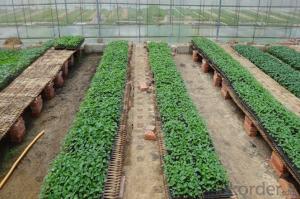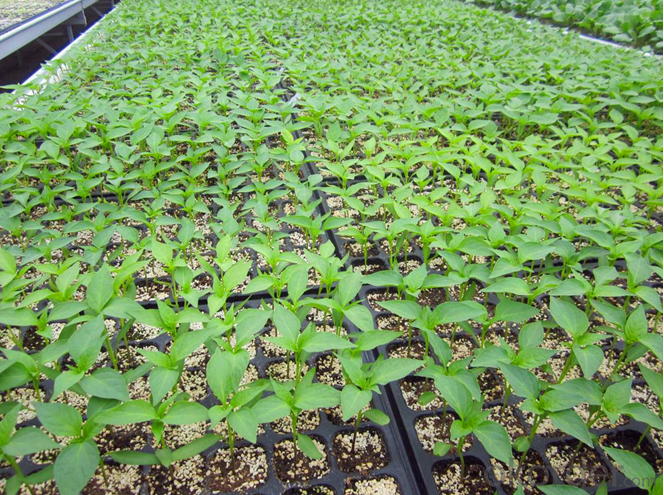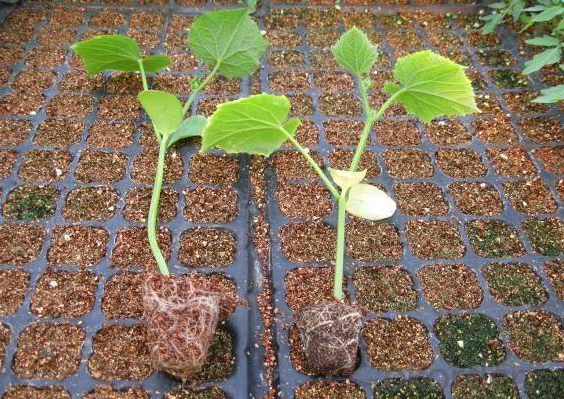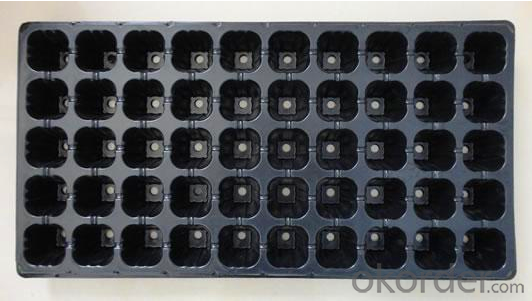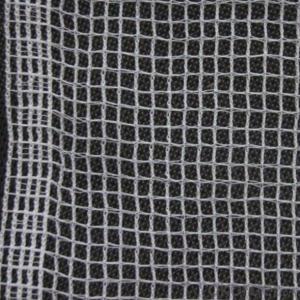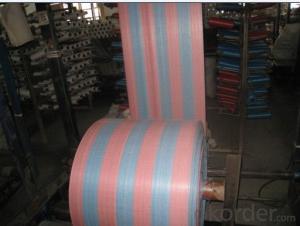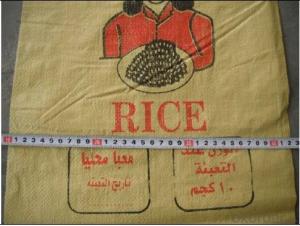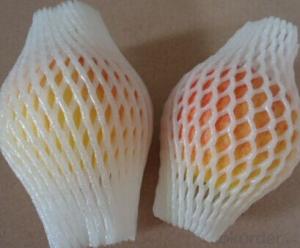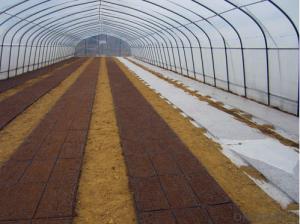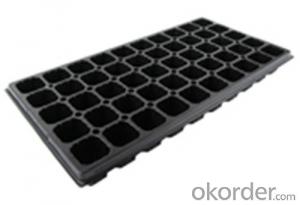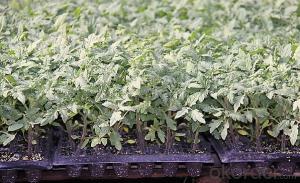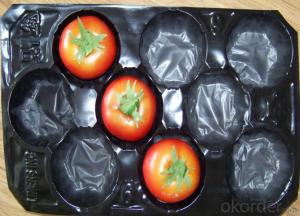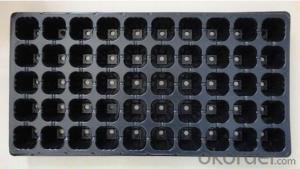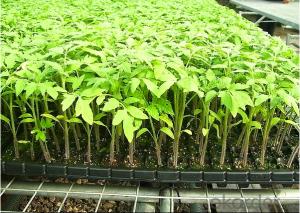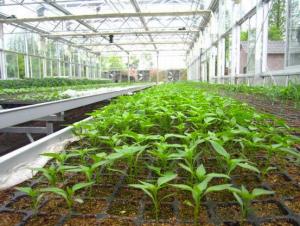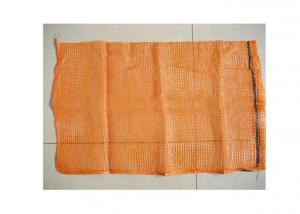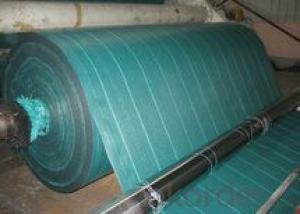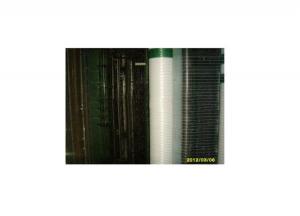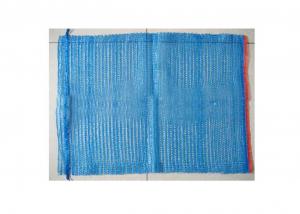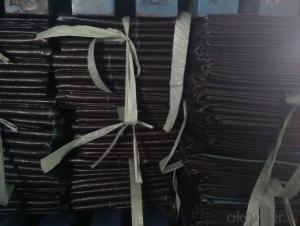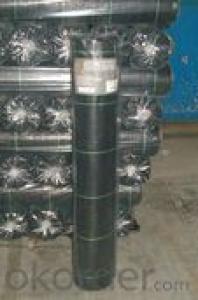HIPS Made Plastic Flat Tray Greenhouse Usage Plug Trays (Growing and Seedling)
- Loading Port:
- China main port
- Payment Terms:
- TT OR LC
- Min Order Qty:
- 3000 pc
- Supply Capability:
- 50000 pc/month
OKorder Service Pledge
OKorder Financial Service
You Might Also Like
Brief Introduction to CNBM:
CNBM International Corporation (CNBM International) is the most important trading platform of CNBM Group Corporation, a state-owned company under the direct supervision of State-owned Assets Supervision and Administration Commission of the State Council.
CNBM International is highly recognized by its business partners and clients all over the world and has obtained rapid development under the spirit of win-win. We will carry on the mutual beneficial, innovative and revolutionary trading structure as we did before, create value for our employees, share holders and clients and benefit the whole society in our future development.
Features of Plug Trays (Growing and Seedling) HIPS Made Plastic Plug Tray for Greenhouse:
· Material: HIPS
· Thickness: 0.5mm-1.5mm, Standard:1mm
· Weight: 80g(±5)g-230g(±5)g, Standard weight:155g(±5)g
· Size: length:490mm-540mm, width:190mm-345mm,depth:25mm-150mm
· Standard:540mmX280mm
· Cell count: 18-512
· Package: In Carton
· Warrenty: 8-10 times
Picture:
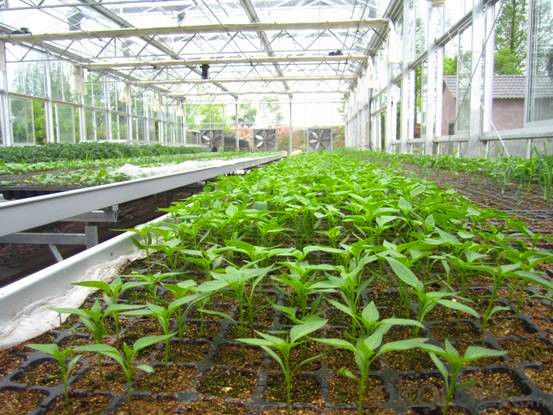
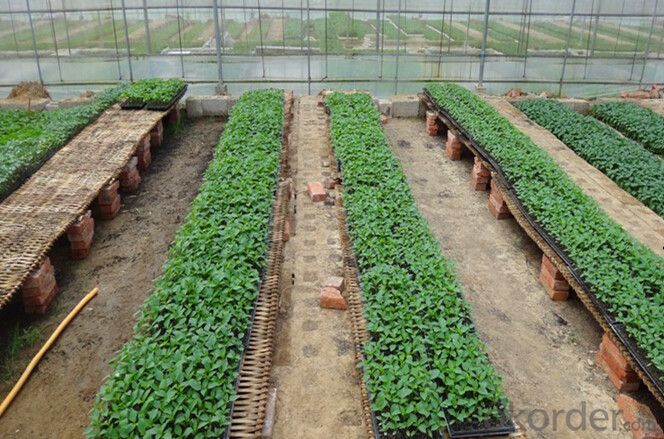
Specification of Plug Trays (Growing and Seedling) HIPS Made Plastic Plug Tray for Greenhouse:
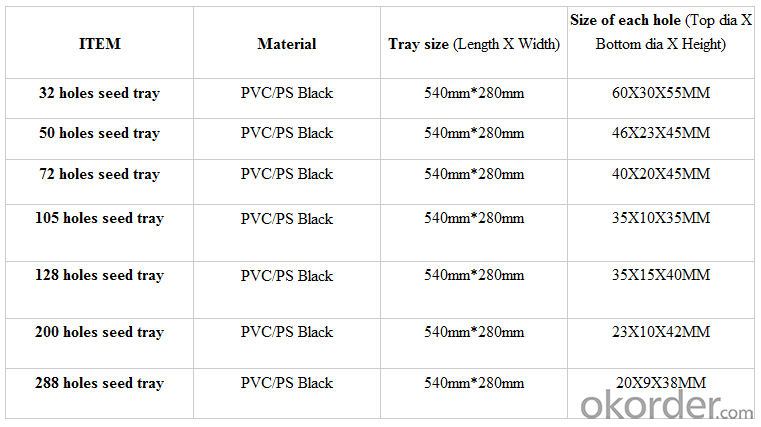
FAQ of Plug Trays (Growing and Seedling) HIPS Made Plastic Plug Tray for Greenhouse:
Q:1.How many times can the seed tray be used?
A: Under the same environment, it is decided by the thickness. Usually 0.6mm thickness can be used for 1 or 2 times.
1.0 thickness can be used for 3-4 times. 1.5 thickness can be used for 8-10 times.
Q: 2.How long is the production time?
A: Usually one to two weeks.
Q: 3.How is the seed tray being packaged?
A: They can be packaged in carton or pallets. Carton size is 1375px*725px*1250px.
- Q: Hey when you buy a new game for like xbox 360 what is the plastic name that is surrounding the game?
- If it's the film, it's most likely shrink wrap made from polyolefin or PVC (polyvinyl chloride).
- Q: Is it safe for our health to store hot food or heat our food on plastic container?
- Plastic containers are safe for food storage and heating. Some plastic wraps and bags have been found to release carcinogens when heated, so those should be used only for storage.
- Q: Im wanting to do a magnetic board for hanging fabric and I know that there is magnetic paint, but would would it work for hard plastic container that are kinda larger.
- confusing stuff. do a search at yahoo or google. that could help!
- Q: What are some ground cover options for a Japanese garden?
- Some ground cover options for a Japanese garden include moss, ferns, mondo grass, creeping thyme, and ajuga. These choices help create a lush and serene atmosphere while maintaining the traditional aesthetic of a Japanese garden.
- Q: This question asks about the criteria or methods farmers might use to select a dependable supplier for agricultural plastic products.
- <p>Farmers choose a reliable supplier of agricultural plastic products by considering several factors. They look for suppliers with a strong reputation and positive customer reviews. The supplier's experience in the industry and the quality of their products are crucial. Farmers also consider the supplier's ability to deliver products on time and their customer service. Cost is important, but it shouldn't compromise quality. Farmers may also seek recommendations from other farmers or industry experts. Finally, they might test a few products before committing to a long-term partnership with a supplier.</p>
- Q: What are some ground cover plants that are resistant to pests and diseases?
- Some ground cover plants that are known for their resistance to pests and diseases include creeping thyme, lamb's ear, sedum, and vinca minor.
- Q: How do you prevent ground cover from invading neighboring plants?
- To prevent ground cover from invading neighboring plants, one can implement several measures. Firstly, creating physical barriers such as edging or installing a root barrier can help restrict the spread of ground cover by blocking its underground rhizomes or runners. Additionally, regular maintenance practices like regular pruning and trimming can help keep the ground cover in check and prevent it from encroaching on neighboring plants. Lastly, practicing proper spacing between plants and ensuring adequate air circulation can also discourage the spread of ground cover to other areas.
- Q: Can ground cover be used to create a wildlife-friendly garden?
- Yes, ground cover can be used to create a wildlife-friendly garden. Ground cover plants provide a natural habitat and food sources for various wildlife species, such as insects, birds, and small mammals. They offer shelter, nesting sites, and attract pollinators, contributing to biodiversity and creating a thriving ecosystem within the garden. Additionally, ground cover helps to prevent soil erosion, retain moisture, and reduce weed growth, making it an environmentally-friendly option for a wildlife-friendly garden.
- Q: The user is asking if it's possible to implement water-saving irrigation techniques using agricultural plastic pipes.
- <p>Yes, you can use water-saving irrigation methods with agricultural plastic pipes. Drip irrigation, micro-sprinklers, and low-pressure sprinklers are common water-saving techniques that can be effectively implemented using plastic pipes. These methods deliver water directly to the plant roots, reducing evaporation and runoff. Ensure the pipes are properly sized and laid out to optimize water distribution, and consider using timers or moisture sensors for precise watering schedules.</p>
- Q: What are the different types of plastic films used in greenhouses?
- There are several types of plastic films commonly used in greenhouses, including polyethylene, ethylene-vinyl acetate (EVA), and polyvinyl chloride (PVC). Each type of film has its own unique properties, such as UV resistance, light transmission, and insulation capabilities, which make them suitable for various greenhouse applications.
Send your message to us
HIPS Made Plastic Flat Tray Greenhouse Usage Plug Trays (Growing and Seedling)
- Loading Port:
- China main port
- Payment Terms:
- TT OR LC
- Min Order Qty:
- 3000 pc
- Supply Capability:
- 50000 pc/month
OKorder Service Pledge
OKorder Financial Service
Similar products
Hot products
Hot Searches
Related keywords
